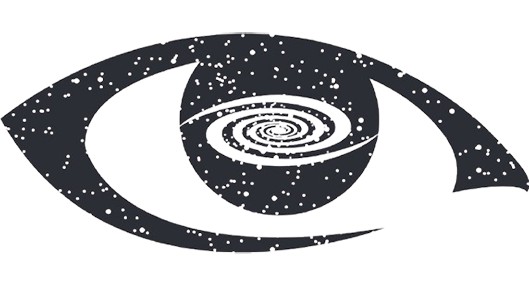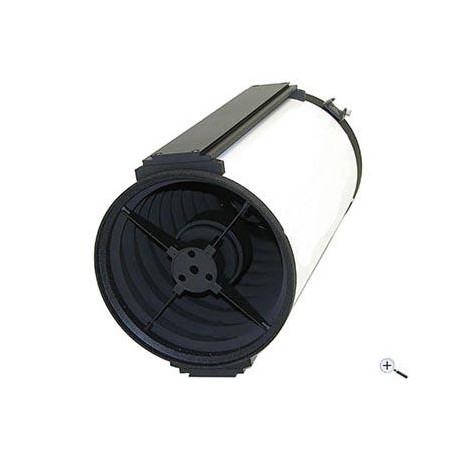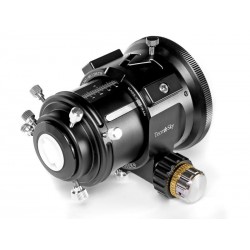Cart
0
Product
Products
(empty)
No products
To be determined
Shipping
0.00 CHF
Tax
0.00 CHF
Total
Prices are tax included
Product successfully added to your shopping cart
Quantity
Total
There are 0 items in your cart.
There is 1 item in your cart.
Total products
(tax incl.)
Total shipping (tax incl.)
To be determined
Tax
0.00 CHF
Total
(tax incl.)
GSO 10" Ritchey-Chrétien RC Telescope 254/2000 mm OTA (demo item, no warranty on this item)
GSO Ritchey-Chrétien 10"
Used
GSO 10" Ritchey-Chrétien RC Telescope 254/2000 mm OTA (demo item, no warranty on this item)
1 Item
Available.
More info
GSO 10" Ritchey-Chrétien RC Telescope 254/2000 mm OTA (demo item, no warranty on this item)
| Optical Design: | True RC with a hyperbolic primary and secondary mirror. |
| Aperture: | 10" / 254 mm |
| Focal Length: | 2000 mm |
| Focal Ratio: | F/8 |
| Resolution: | 0.46" |
| Mirror material: | fused quartz primary and secondary mirrors |
| Primary Mirror: | Hyperbolic concave |
| Secondary Mirror: | Hyperbolic convex |
| Surface Quality: | 1/12 lambda |
| Reflectivity: | 99% reflectivity non-tarnishing dielectric mirror coatings |
| Back Focus: | 250 mm from tube backplate |
| Resolution: | 0.46" |
| Tube: | Metal Tube with 2x dovetail - Losmandy style |
| Tube Weight: | 15.7 kg |
| Tube Diameter: | 294 mm |
| Total Obstruction by Secondary: | 112 mm (85 mm pure mirror diameter) |
| Focuser: | 3" M-LRN dual speed Monorail focuser |
| Connection at Eyepiece Side: | M69x1 female, 2" and 1.25" |





